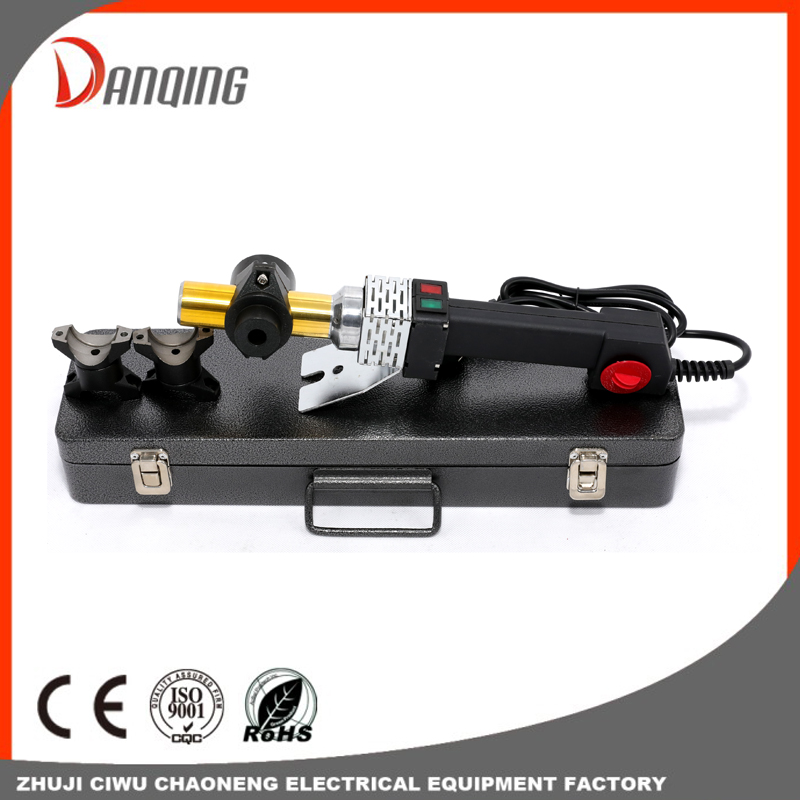How much do you know about these welding methods?
Manual arc welding (SMAW) The arc between the coated el […]
Manual arc welding (SMAW)
The arc between the coated electrode and the welded metal will heat the welded metal to achieve the purpose of welding. It can be seen from the figure that the arc between the electrode and the workpiece is caused by the current, which provides heat and melts the base material, filler metal and coating. As the arc moves to the right, the welding metal solidifies and forms a layer on the surface Dross. The most important element in manual arc welding is the electrode itself, which is made of a metal core covered with a layer of granular flux and a certain adhesive. All carbon steel and low-alloy steel electrodes basically use low-carbon steel wire as the core, and the alloying elements come from the coating, which is also a more economical alloying method.
Gas Shielded Arc Welding (GMAW)
Gas-shielded arc welding is the continuous wire feeding through the welding torch, and the heat of the arc generated between the welding wire and the workpiece melts the base material and the welding wire to achieve the purpose of welding. A very important feature of gas shielded arc welding is that the shielding gas in the welding process is also delivered by the welding torch. These gases are inert and non-inert. Inert gases such as argon and helium can be used in some welding. They can be used alone, in combination, or mixed with other non-inert gases such as nitrogen, oxygen or carbon dioxide. Most gas shielded arc welding uses carbon dioxide as a shielding gas because it is cheaper than inert gas. The electrode of gas shielded arc welding is solid wire.
Flux cored wire arc welding (FCAW)
It is very similar to gas-shielded welding, the difference is that flux-cored wire welding uses tubular welding wire, which contains granular flux, instead of solid wire used in gas-shielded welding. The tubular welding wire is fed through the contact tip in the welding gun, and an arc is generated between the welding wire and the workpiece. With the forward welding, the weld metal is deposited, like manual arc welding, the weld metal is covered with a layer of welding slag. Depending on the type of welding wire used, additional shielding gas can be attached or not attached to flux-cored welding. Some welding wires are designed to rely on internal flux to provide all the protection they need. They are called self-protection. Other welding wires require additional shielding gas to provide additional protection.
Gas tungsten arc welding (GTAW)
The most important feature of GTAW is that the electrode is not consumed during the welding process. It is made of pure tungsten or tungsten alloy and has the ability to withstand high temperatures, even the high temperature of electric arcs. Therefore, when the current passes, an arc is established between the tungsten electrode and the workpiece. When filling metal is needed, it must be added additionally, usually by manual method or by mechanical wire feeding system. The arc and the metal are protected by inert gas, which flows out from the nozzle surrounding the tungsten electrode. Because no flux is used, the deposited metal does not require slag removal. GTAW has a wide range of applications in many industrial fields. It can weld almost all materials. Because the electrode does not melt during the welding process, it has the ability to weld under extremely low current conditions, making TIG welding can be used for welding extremely thin materials . Its unique cleaning and controllable operation characteristics make it the first choice for applications under harsh conditions, such as space, food and pharmaceutical processing, petrochemical and power pipeline industries.


